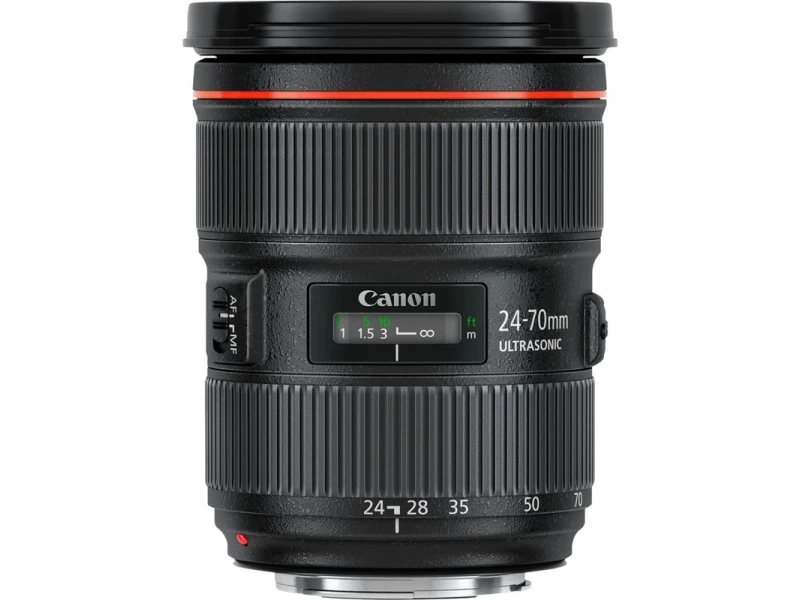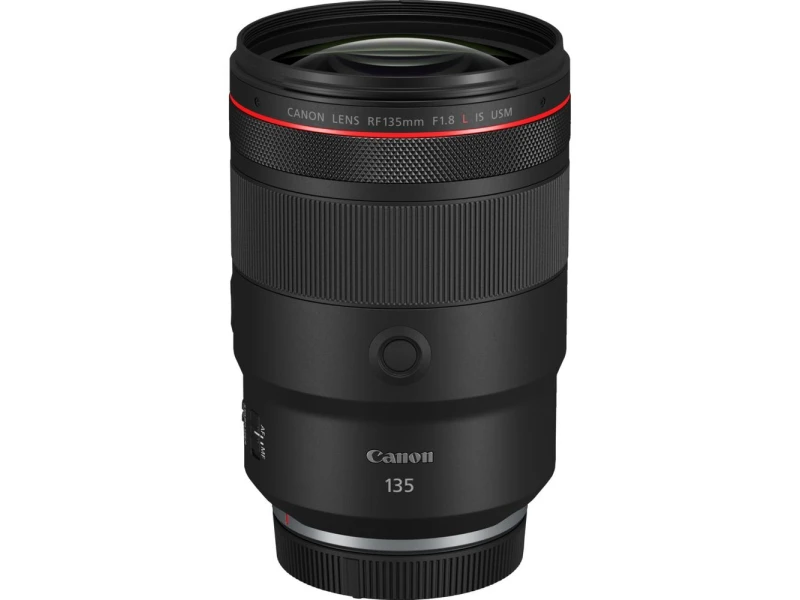Canon EF 24-70mm F/2.8L II USM vs Canon RF 135mm F1.8L IS USM
Canon EF 24-70mm F/2.8L II USM vs Canon RF 135mm F1.8L IS USM
When comparing Canon RF 135mm F1.8L IS USM and Canon EF 24-70mm F/2.8L II USM, which one is better?
1. Lens Mount Comparison
The lenses each feature different lens mounts — the Canon EF 24-70mm F/2.8L II USM features a Canon EF while the Canon RF 135mm F1.8L IS USM features a Canon RF — and because of this the preference varies. If you have a compatible camera, then of course that lens will be a better choice for you.
Winner: Tied — It depends on your gear
Regarding lens mount: Popular lens mounts are Canon RF and EF, Micro Four Thirds and Nikon Z. Different lens mounts lets you connect different lenses to camera bodies, but some might not be compatible. This can be helped by using an adapter, like a Canon EF to RF adapter.
2. Largest Aperture Comparison
The Canon RF 135mm F1.8L IS USM has the largest aperture of the two lenses at 1.8 compared to the 2.8 aperture of Canon EF 24-70mm F/2.8L II USM. This means that you get more light to your sensor using Canon RF 135mm F1.8L IS USM wide open, and therefore it might be a better lens in dark situations.
Winner: Canon RF 135mm F1.8L IS USM
Regarding largest aperture: A lower aperture number means that the widest aperture on the lens is larger. This means that more light will hit the sensor and also that the depth of field will be shallower, better separating your subject from the background.
3. Lens Type Comparison
The Canon EF 24-70mm F/2.8L II USM is a Zoom lens while the Canon RF 135mm F1.8L IS USM is a Prime lens. Whether or not a zoom lens or a prime lens is what you need, is up to you to decide; they both have their respective strengths and weaknesses.
Winner: Tied — It depends on your gear
Regarding type: There are two types of lenses; zoom lenses and prime lenses. Prime lenses have a fixed focal length and cannot be zoomed, while zoom lenses have a focal length range and can be zoomed in to get closer to the subject. Prime lenses are usually lighter, cheaper and let in more light. Zoom lenses are more versatile but are more expensive since they require a more advanced lens design.
Specifications
Full specifications table of Canon EF 24-70mm F/2.8L II USM and Canon RF 135mm F1.8L IS USM:
| Canon EF 24-70mm F/2.8L II USM | Canon RF 135mm F1.8L IS USM | |
 |  | |
| Brand | Canon | Canon |
| Weight | Missing | 935 g |
| Lens Mount | Canon EF | Canon RF |
| Focal Length | 24 - 70 mm | 135 mm |
| Largest Aperture | 2.8 | 1.8 |
| Anamorphic | Missing | No |
| Minimum Focus Distance | Missing | 70 cm |
| Type | Zoom | Prime |
| Aperture Range | Missing | 1.8 - 22 |
| Filter Thread Diameter | Missing | 82 |
| Aperture Blades | Missing | 9 |
| Lens Groups | Missing | 12 |
| Lens Elements | Missing | 17 |
| Image Stabilization | Missing | Yes |
| Autofocus | Missing | Evet |
| Macro | Missing | No |
| Weather Seal | Missing | Yes |
| Full Frame Coverage | Missing | Yes |
| Lens Hood Included | Missing | Yes |
